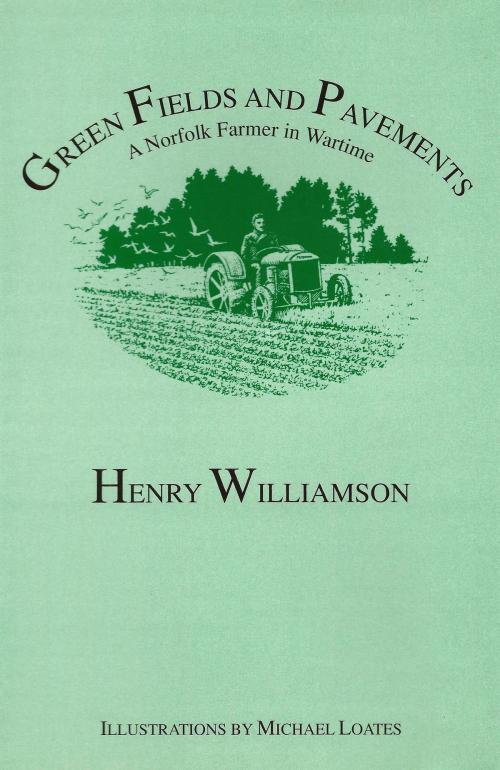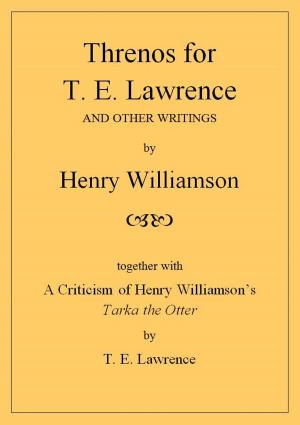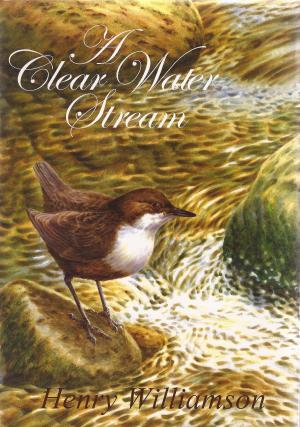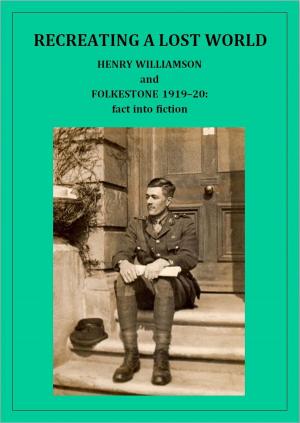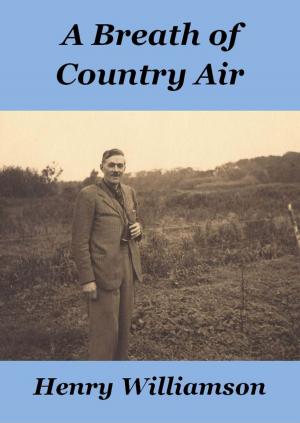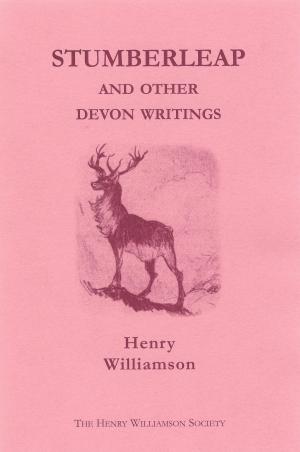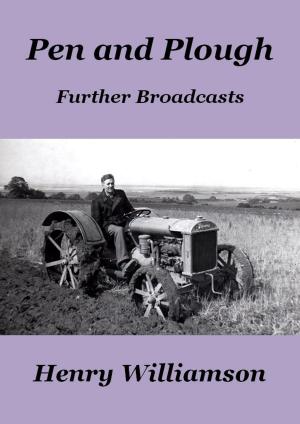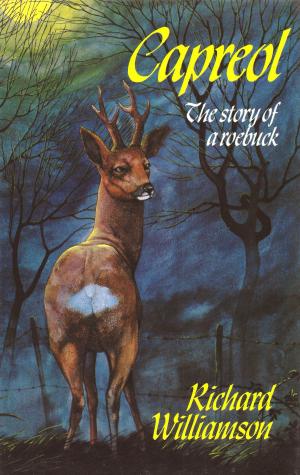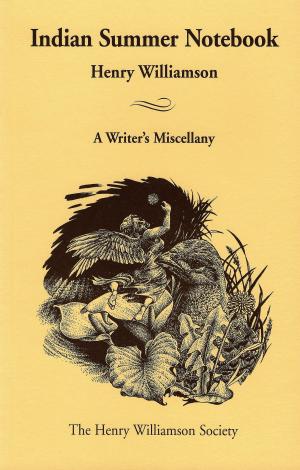Green Fields and Pavements: A Norfolk Farmer in Wartime
Nonfiction, Reference & Language, Language Arts, Writing & Publishing, Authorship, Biography & Memoir| Author: | Henry Williamson | ISBN: | 9781873507551 |
| Publisher: | Henry Williamson | Publication: | November 7, 2013 |
| Imprint: | Smashwords Edition | Language: | English |
| Author: | Henry Williamson |
| ISBN: | 9781873507551 |
| Publisher: | Henry Williamson |
| Publication: | November 7, 2013 |
| Imprint: | Smashwords Edition |
| Language: | English |
Henry Williamson (1895-1977), nature writer and novelist, remains best known for his nature stories set in North Devon, the much-loved classics Tarka the Otter and Salar the Salmon. Between 1937 and 1945 he farmed 243 acres of difficult land in North Norfolk, bringing a near-derelict farm to an A grade classification during the years of the Second World War. Throughout those years he was writing newspaper articles, to help finance the farm, and Green Fields and Pavements is a collection of the articles that he contributed to the Eastern Daily Press between 1941 and 1944. Williamson’s eldest son, Bill Williamson, who worked on the farm throughout the war years from the age of thirteen, has written the Foreword, and the pen and ink drawings are by Mick Loates.
Nearly seventy years on, these beautifully written pieces make fascinating reading. Beginning during the dark days of the war, prior to the turning point of El Alamein, and ending before D-Day, Henry Williamson presents a many-faceted, sometimes humorous, picture of life as it was on the Home Front during those years: of agriculture at a time when only the large farms could afford the new American combine harvesters, and the small farmer built his stacks and waited for the threshing machine; of literature and art, with reviews of contemporary books; of the countryside and its wildlife; and the poignant stories of Cheepy, a tiny chicken that mothered a brood of guinea fowl chicks, and Hooly, the young tawny owl adopted by the Williamson family.
The war is an ever-present background, with references to the Eighth Army in North Africa, soldiers training in the fields, and the thunderous bomber streams – of the RAF at night and the US Eighth Air Force filling the East Anglian skies by day.
Country Life magazine’s reviewer commented: ‘This is a bedside book of high quality; delightfully written and well illustrated, full of fascinating detail and description. I recommend it warmly.’
Henry Williamson (1895-1977), nature writer and novelist, remains best known for his nature stories set in North Devon, the much-loved classics Tarka the Otter and Salar the Salmon. Between 1937 and 1945 he farmed 243 acres of difficult land in North Norfolk, bringing a near-derelict farm to an A grade classification during the years of the Second World War. Throughout those years he was writing newspaper articles, to help finance the farm, and Green Fields and Pavements is a collection of the articles that he contributed to the Eastern Daily Press between 1941 and 1944. Williamson’s eldest son, Bill Williamson, who worked on the farm throughout the war years from the age of thirteen, has written the Foreword, and the pen and ink drawings are by Mick Loates.
Nearly seventy years on, these beautifully written pieces make fascinating reading. Beginning during the dark days of the war, prior to the turning point of El Alamein, and ending before D-Day, Henry Williamson presents a many-faceted, sometimes humorous, picture of life as it was on the Home Front during those years: of agriculture at a time when only the large farms could afford the new American combine harvesters, and the small farmer built his stacks and waited for the threshing machine; of literature and art, with reviews of contemporary books; of the countryside and its wildlife; and the poignant stories of Cheepy, a tiny chicken that mothered a brood of guinea fowl chicks, and Hooly, the young tawny owl adopted by the Williamson family.
The war is an ever-present background, with references to the Eighth Army in North Africa, soldiers training in the fields, and the thunderous bomber streams – of the RAF at night and the US Eighth Air Force filling the East Anglian skies by day.
Country Life magazine’s reviewer commented: ‘This is a bedside book of high quality; delightfully written and well illustrated, full of fascinating detail and description. I recommend it warmly.’
